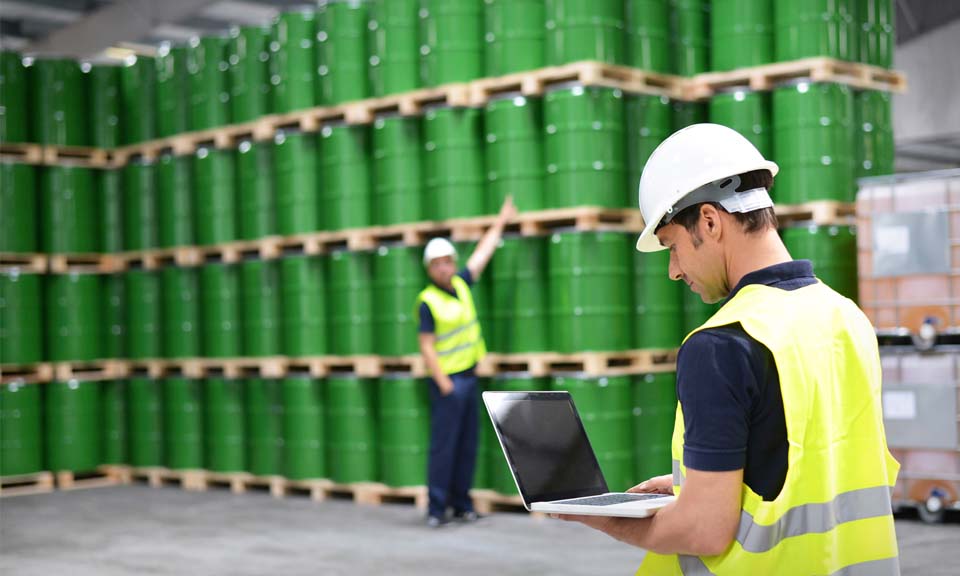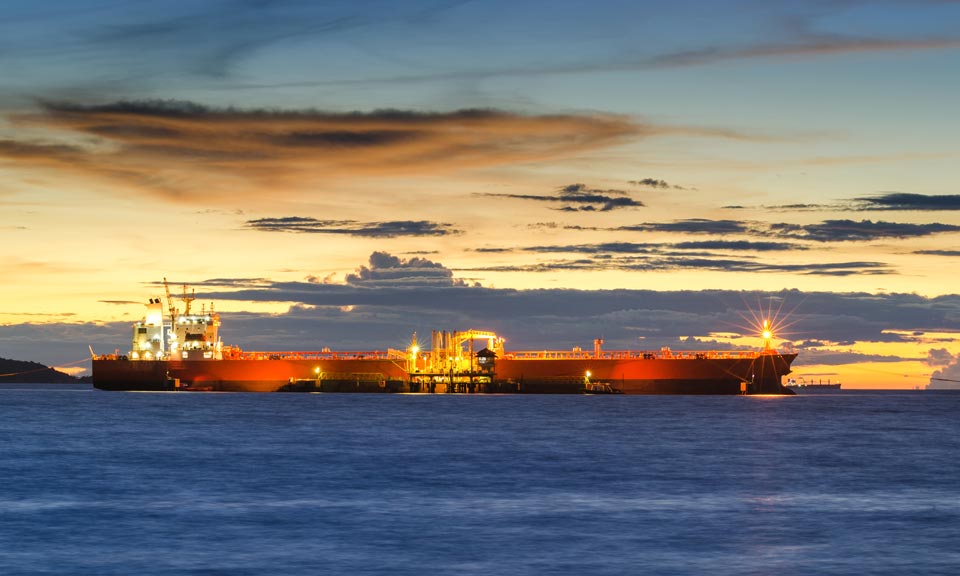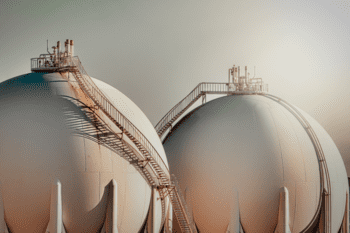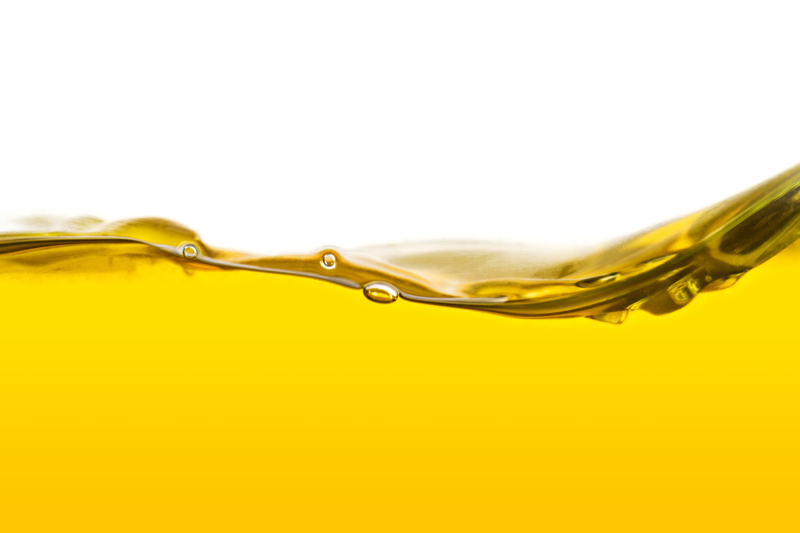London Energy Forum: Oil market tensions threaten ‘Goldilocks’ period of price stability

The stability in oil markets seen over the last 16 months is likely to become increasingly strained amid economic pressure on producers and calls for tougher sanctions against Russia, Dave Ernsberger, head of Market Reporting and Trading Solutions at S&P Global Commodity Insights, said Feb. 26.
Speaking at the Platts London Energy Forum, Ernsberger noted that crude prices, after spiking following Russia's February 2022 invasion of Ukraine, had held within a $75-85/b "Goldilocks" band for Dated Brent and other benchmarks for some 16 months.

Audience members polled at the event predominantly forecast Dated Brent to be within a $70-100/b range at the end of 2024. But Ernsberger highlighted "recency bias" as a risk and pointed to potentially disruptive factors. "Strains are emerging at the heart of this 16 months of stability as is always the case" in oil markets, Ernsberger said.
Following the redirection of Russian crude to Asia, "the market has shown amazing resilience… The price measured in Dated Brent numbers and every other benchmark you can think of has actually been relatively steady," he said.
However, he highlighted potential issues including "breakeven" oil costs needed by major producers such as Iraq, Iran and Russia that are thought to be well above recent oil prices, as well as tensions within OPEC+ over countries’ compliance, or not, with quotas -- seen in Angola’s recent abrupt departure from the producer group.
In addition, he noted that the current level of spare capacity in the global market, estimated at around 5 million b/d, may be seen by Russia’s opponents as an opportunity for tougher sanctions.
"We can’t take this environment for granted," Ernsberger said, citing estimates of a Russian "breakeven" oil price of $97/b. "There’s now around 5 million b/d of surplus capacity out there -- that’s roughly equivalent to Russia’s crude export capacity. Not only might some of these countries be thinking about how do we get the price a little higher -- you might also see countries who are dissatisfied with the fact that Russia continues to export barrels, and make revenues, and fund the war in Ukraine thinking the opposite, which is how do we actually maybe cut some of these exports even more dramatically, because we have a supply cushion now, we have a reserve capacity now," he said.
Oil analysts at S&P Global Commodity Insights estimate that Dated Brent will average $83/b in 2024 but soften to $76/b in 2025 as surging non-OPEC+ supplies from the US, Brazil, Guyana, and Canada outpace slowing demand growth.
Benchmark innovation
S&P Global executives at the same event highlighted the conclusion of a multi-year overhaul of flagship North Sea benchmarks Dated Brent and Cash BFOE, which saw the inclusion of US shale oil grade WTI Midland -- for the first time adding a non-North Sea crude as a way of increasing liquidity in the face of output declines.
 WTI Midland crude shipments to Europe accounted for around half of overall volumes within the Brent complex in 2023, with the proportion expected to rise further. However, North Sea grades still play an important role, with the UK’s Forties crude acting as the most competitive crude, or demonstrator of price, 70% of the time in January 2024, Vera Blei, global head of established benchmarks at S&P Global Commodity Insights, told the event.
WTI Midland crude shipments to Europe accounted for around half of overall volumes within the Brent complex in 2023, with the proportion expected to rise further. However, North Sea grades still play an important role, with the UK’s Forties crude acting as the most competitive crude, or demonstrator of price, 70% of the time in January 2024, Vera Blei, global head of established benchmarks at S&P Global Commodity Insights, told the event.
The inclusion of WTI Midland puts the Brent complex "in a place to continue to be the key physical benchmark in the global crude oil markets for decades to come," Ernsberger said, adding that across the spot crude market liquidity is back up after the pandemic and recent inflation spikes.
"We’re now seeing [the Brent complex] with greater liquidity than we’ve seen in a decade, with more participants, new participants, different kinds of oil trading," Ernsberger said.
Blei also pointed to strong liquidity in the Platts Dubai benchmark, with all-time highs in trading of cargo "partials" observed in the Platts Market on Close trading window in 2023, and a record 17.4 billion barrels of trading in derivatives related to Platts Dubai the same year. "Some of that also comes on the back of, for example, Russian Urals crude now flowing more into Asia and being hedged using the Platts Dubai benchmark," Blei added.
Dated Brent was assessed by Platts at $83.72/b on Feb. 23, down $1.81/b on the day.
Platts is part of S&P Global Commodity Insights.

News
India’s role in global oil markets is set to expand at a fast pace by the end of the decade, making it the biggest hub for demand growth. Battling high prices, oil diplomacy with countries such as the US and Russia, as well as revival of flagging upstream production will be some of the key priorities for the new government. Related feature: INDIA ELECTIONS: Refining capacity, crude output, storage to top new government's oil agenda Click here for full-size infographic

News
(Latest update: May 10, 2024) Related content: Russian crude exports by non-G7 tankers hit new high in April since price cap Russia, one of the world’s largest oil suppliers, has increasingly turned to non-Western firms to transport its crude to overseas buyers during its ongoing war with Ukraine . With a dual goal of undermining Russia’s war chest without creating significant disruptions to global supplies amid inflation pressure, G7 countries and their allies have banned tanker operators, insurers and other services firms from facilitating seaborne Russian crude exports unless the barrels are sold for no more than $60/b. The price cap regime, which came into force Dec. 5, 2022, does not directly cover tankers flagged, owned and operated by companies outside the G7, the EU, Australia, Switzerland and Norway, and not insured by Western protection and indemnity clubs. While such ships tend to be older and less maintained, their share in Russia’s crude exports market has been rising in recent months amid strengthening prices of Urals -- the OPEC+ member’s flagship crude grade -- and tightening sanctions enforcement by the West. Non-price-capped tankers have a larger market share in shipping Russia’s Pacific crude exports, according to analysis of S&P Global Commodities at Sea and Maritime Intelligence Risk Suite data. Crudes such as Sokol, Sakhalin Blend, and Eastern Siberia–Pacific Ocean grades are more often involved in these trades than Russian barrels from Baltic or Black Sea ports like Urals. Tanker operators in Greece, Europe’s top shipowning nation, managed to keep their traditionally strong market position in Russia in the first few months since the price cap took effect before giving ways to their peers in the UAE, Russia, China and Hong Kong. Related content: Interactive: Global oil flow tracker

News
(Latest update May 3, 2024) Recording changes to Russian oil exports and EU oil imports since the war in Ukraine Russia’s war in Ukraine has triggered a major upheaval in the global oil markets, forcing Moscow to find alternative buyers and Europe to source new supplies as Western sanctions seek to clamp down on Moscow’s vital oil revenues. With an EU embargo and the G7 price cap on Moscow's oil now fully in place, Russian seaborne crude exports have remained largely resilient as displaced volumes of its discounted oil flow East. Russian oil product exports have also mostly held up with new buyers in Africa absorbing Russian diesel and other fuels now banned from Europe. Related stories: Russian oil product exports slump to post-pandemic low as drone hits resume (subscriber content)

News
Global oil producers are increasingly touting efforts to reduce the carbon intensity of their upstream operations to stand out as investment dollars shrink during the energy transition. Some producers see carbon intensity rankings as a measure of which fields will have staying power, while environmental groups say the efforts ignore the much larger global warming emissions created downstream when the oil is refined for transportation, shipping and petrochemicals. S&P Global Commodity Insights Analytics has expanded its carbon intensity calculations to 162 fields and 41 grades. The greenhouse gas emissions represent current operations from the wellhead to storage/export terminal. The newest expansion of fields and grades covers Central, South, and North America. South and Central American grades are shown in the infographic below.